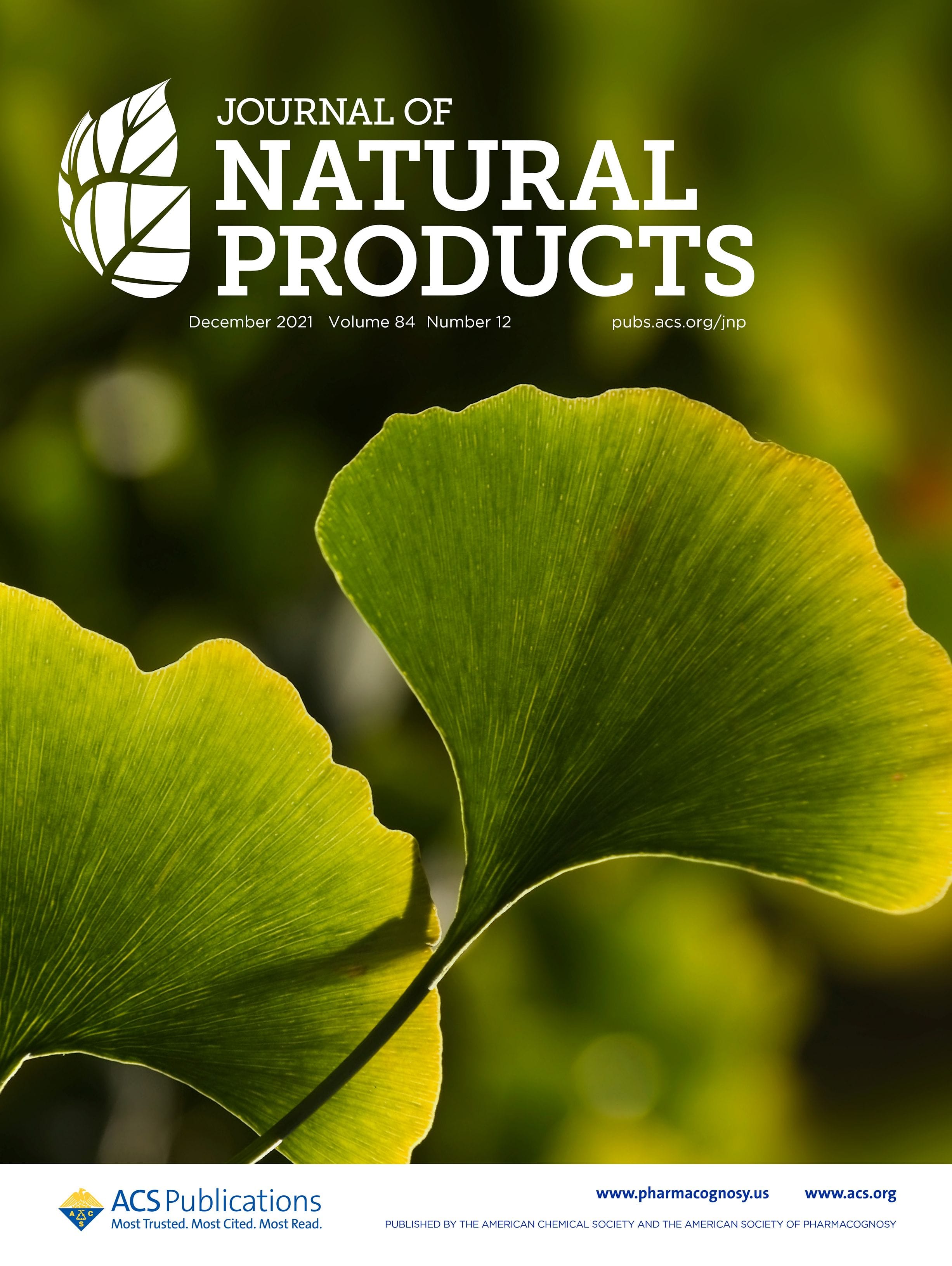At a glance, the Japanese plum yew (Cephalotaxus harringtonia) is an unremarkable shrub. It is a bright green, bushy conifer, with spiky leaves that point toward the sky. It is native to the rich soil of Japan’s mountains and seaside cliffs but has made its way to planters’ gardens in Europe and the United States. But […]

At a glance, the Japanese plum yew (Cephalotaxus harringtonia) is an unremarkable shrub. It is a bright green, bushy conifer, with spiky leaves that point toward the sky. It is native to the rich soil of Japan’s mountains and seaside cliffs but has made its way to planters’ gardens in Europe and the United States. But there’s more to C. harringtonia than meets the eye. Nearly 50 years ago, Richard G. Powell isolated a compound in the plant that could help fight cancer. He’s spent his career discovering the shrub’s secrets.
It began in 1963, when Richard G. Powell started working at the USDA’s Agricultural Research Service. His task was broad and open-ended: unearth new commercial applications of unknown properties of unresearched plants. A promising finding soon emerged. Seed extracts from C. harringtonia inhibited growth of tumor cells in mice with a leukemia-like disease.
What inside the seeds was helping the mice? Powell wanted to find out—but the Agricultural Research Service wasn’t interested in cancer drugs. Soon, however, his work caught the attention of scientists at the National Cancer Institute (NCI) and Research Triangle Institute. They helped Powell continue his research, which eventually allowed him to discover three active antileukemia compounds within the seeds. The compounds were all alkaloids, nitrogen-containing bases found in plants and animals. For ages, humans have harnessed alkaloids—including nicotine, strychnine, and morphine—both to harm and to heal. Could harringtonine, isoharringtonine, and homoharringtonine be next?
NCI research revealed that homoharringtonine behaved differently than other antitumor treatments. But researchers faced a new problem: they couldn’t gather enough seeds to continue research. Chinese scientists were also studying the plant’s cancer-fighting potential. Luckily, a nursery in Oregon had some small cowtail pines, 453.6 kilograms of which yielded 16.6 grams of homoharringtonine.
What followed were more than 40 uncertain years of nudging homoharringtonine toward FDA approval. “The process had ups and downs like the stock market,” Powell says. There were delays between submission of samples and return of test results. Researchers routinely ran out of enough homoharringtonine to continue clinical trials.
“Total synthesis was accomplished by other workers,” Powell explains. “It was a difficult and expensive process.”
So difficult, another group of researchers published a paper about it: “Homoharringtonine/Omacetaxine Mepesuccinate: The Long and Winding Road to Food and Drug Administration Approval.” The authors cited complicated production, scarcity of plum yew trees, and the alkaloid’s toxicity profile as causes of the delays. The FDA finally approved homoharringtonine for clinical use in 2013.
Despite the setbacks, Powell is proud of his discovery. His research on anticancer agents has been published over the last several decades in the Journal of Natural Products. A particular focus of the journal is on compounds with potential anticancer properties, which Powell has continued to pursue. He encourages researchers to look more at endophytes, or fungi or bacteria that live within plants, for new sources of cancer drugs.
Powell found an antidote in an unassuming pine tree. What else is out there waiting to be discovered?
Celebrating Powell’s legacy
Researchers honored Dr. Richard G. Powell and his achievements on July 27, 2015 at a symposium at the Annual Meeting of the American Society of Pharmacognosy, in Copper Mountain, Colorado. Powell shared his research journey with a slideshow presentation. Afterward, three more luminaries in the field of natural anticancer research shared their work:
- David G. I. Kingston, a University Distinguished Professor of Chemistry at Virginia Tech, “Development of Taxol® as an Anticancer Drug”
- Susan L. Mooberry, Professor of Pharmacology at the University of Texas Health Science Center at San Antonio, “North American Plants Remain an Excellent Source for Compounds with Anticancer Potential”
- David J. Newman, the former Chief of the Natural Products Branch at the National Cancer Institute, , “Are Natural Products Isolated from Plants, Products of Epi- and/or Endophytic Microbes with/within the Host?”
The symposium was chaired by Dr. Susan Band Horwitz, Distinguished Professor and Rose C. Falkenstein Chair in Cancer Research, Albert Einstein College of Medicine, Bronx, NY.
Check out the articles below to learn more about Richard G. Powell’s research and his honorary symposium:
Plant Seeds as Sources of Potential Industrial Chemicals, Pharmaceuticals, and Pest Control Agents
DOI: 10.1021/np8006217
A Symposium in Honor of Richard G. Powell, a Long-Time Associate Editor of the Journal of Natural Products
DOI: 10.1021/acs.jnatprod.5b00856
Limonoid Antifeedants from Seed of Sandoricum koetjape
DOI: 10.1021/np50073a025
Additional New Maytansinoids from Trewia nudiflora: 10-Epitrewiasine and Nortrewiasine
DOI: 10.1021/np50029a012
